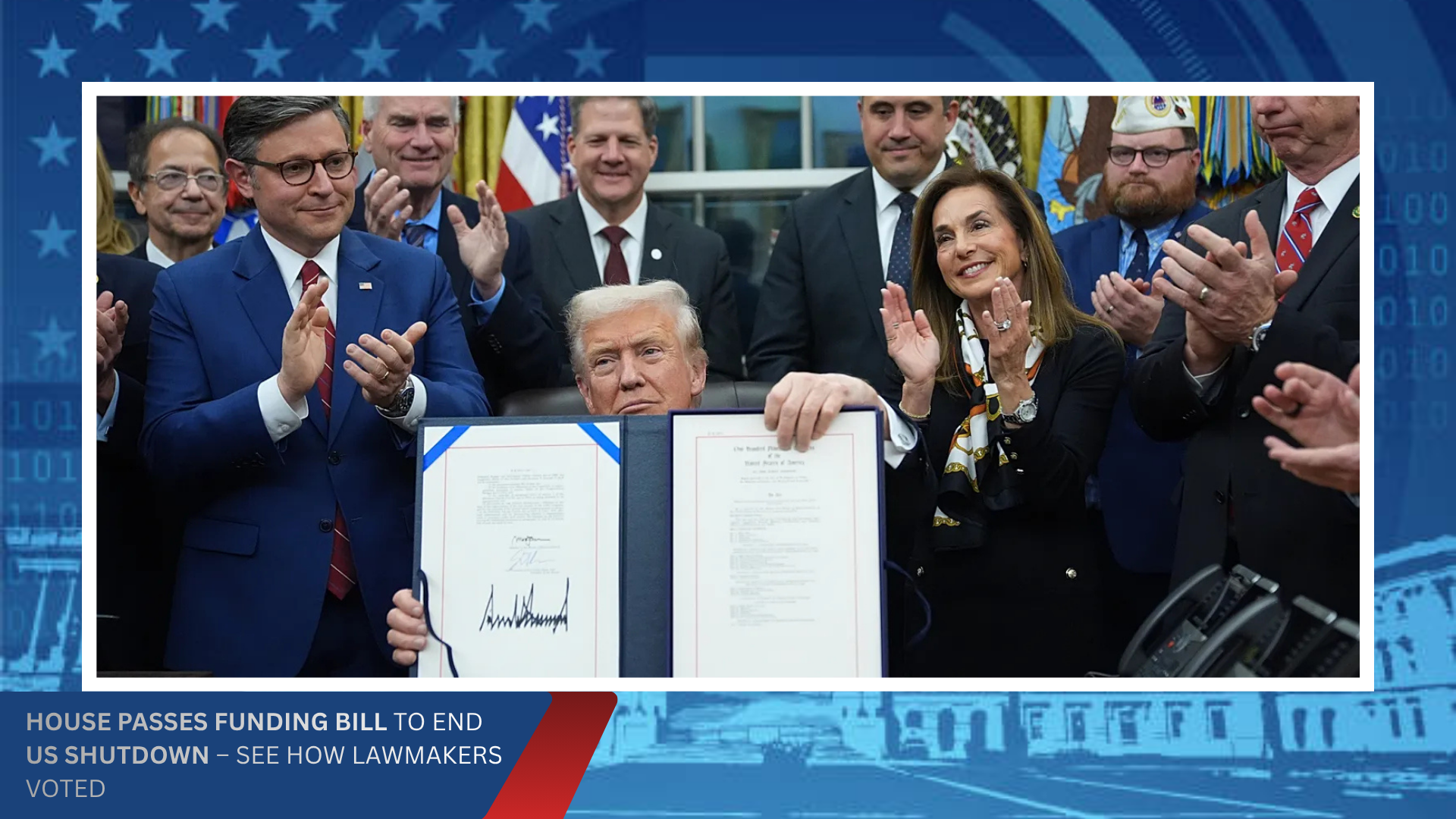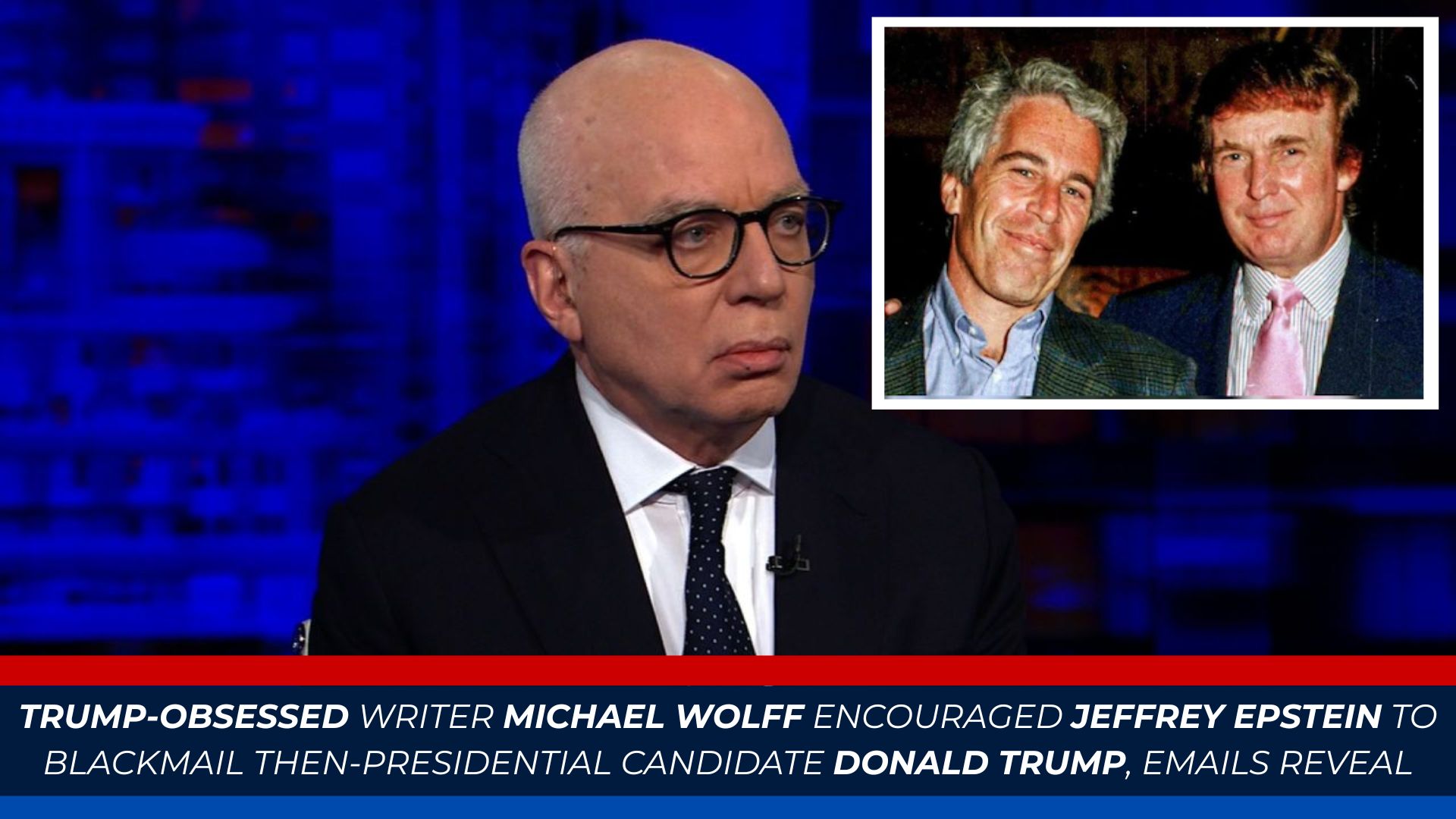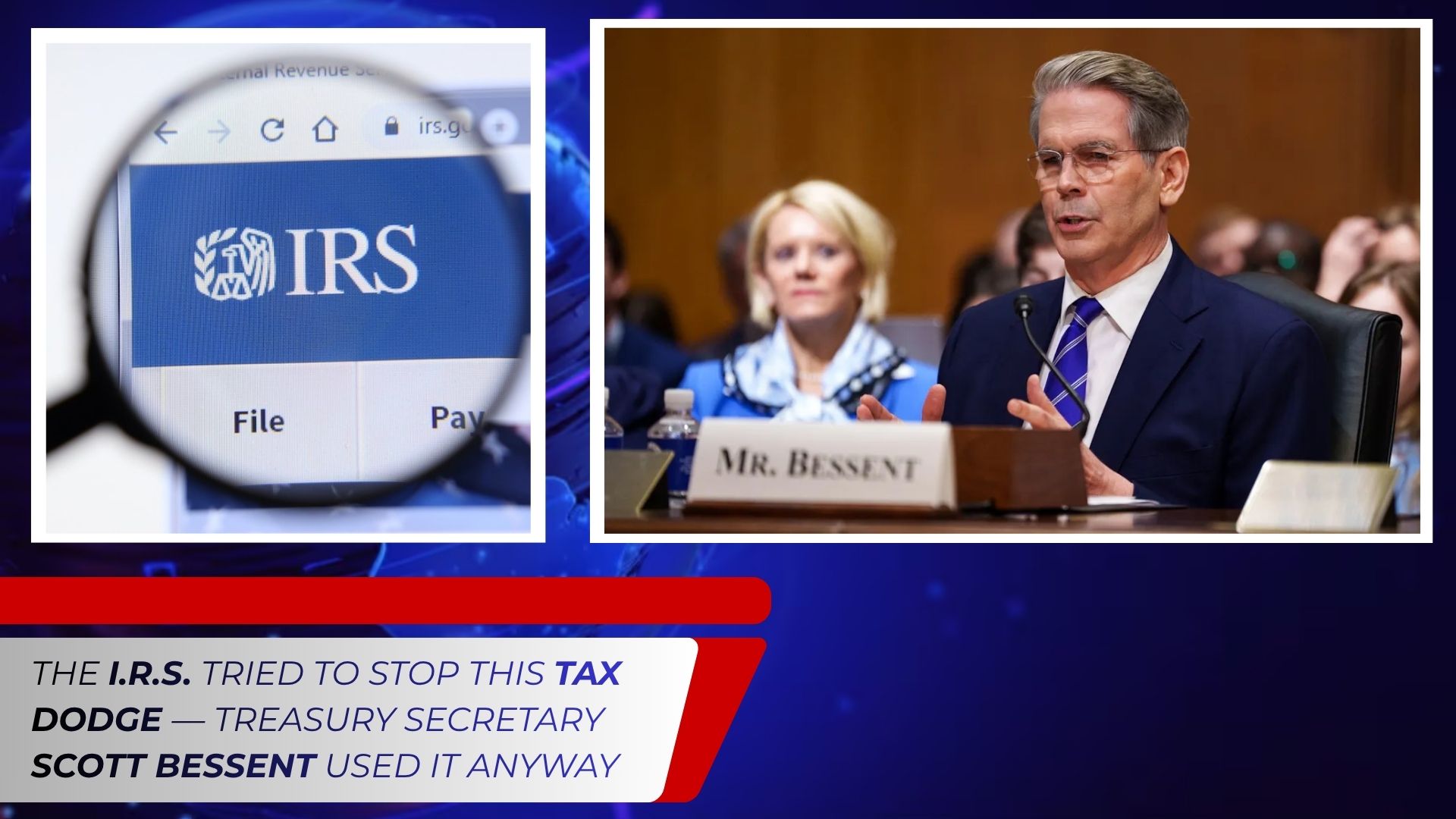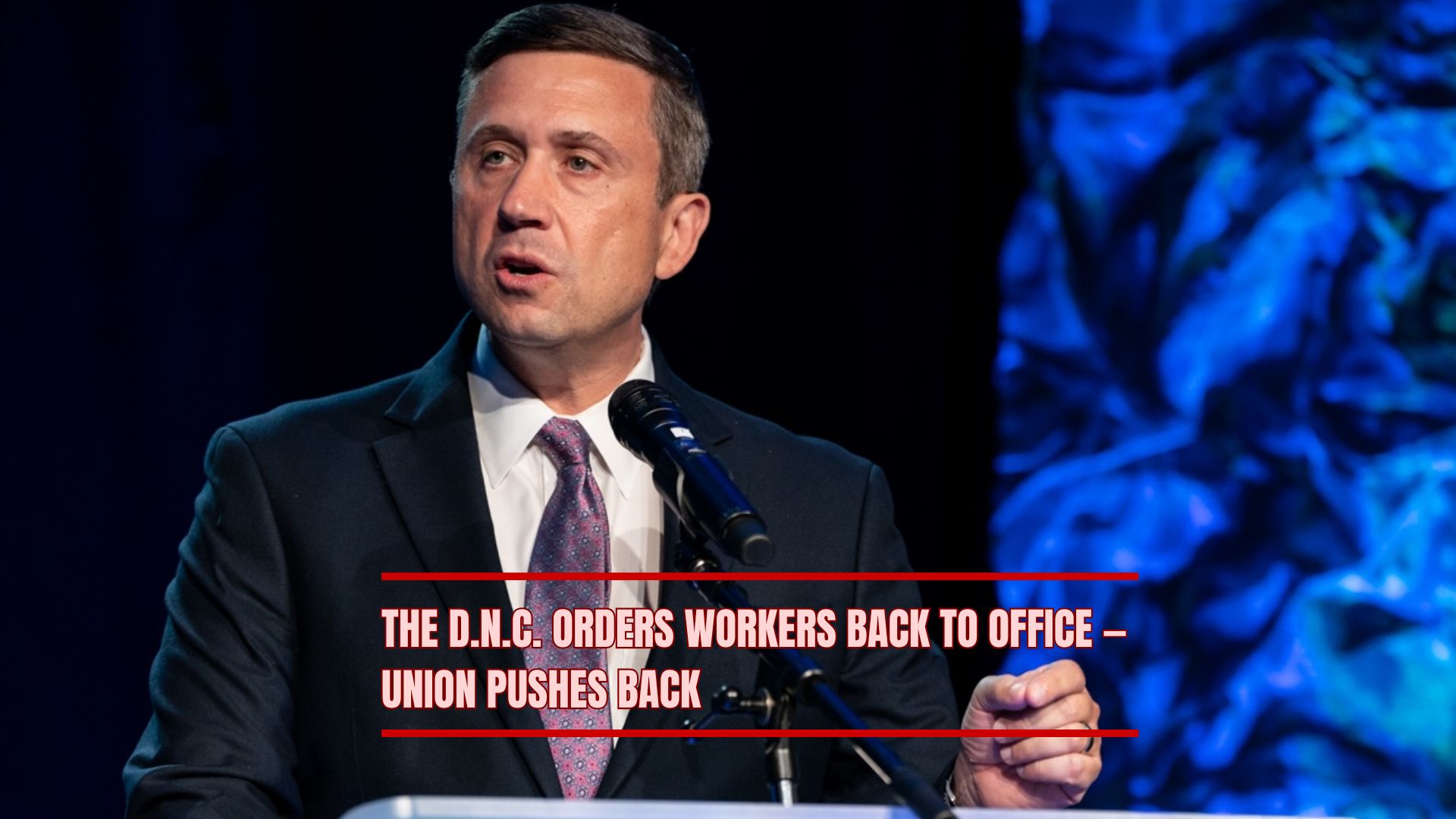In a move that marks a sharp escalation in U.S. military presence in the Western Hemisphere, President Donald Trump has ordered the deployment of a nuclear-powered aircraft carrier strike group to the South American coast amid growing tensions with Venezuela.
The decision, announced Friday by Defense Secretary Pete Hegseth, underscores the administration’s intensifying campaign against what it calls “Transnational Criminal Organizations” and “narco-terrorism” in the region — language that signals an aggressive expansion of U.S. counter-drug operations.
A Major Deployment
According to Sean Parnell, assistant defense secretary for public affairs, the USS Gerald R. Ford — the Navy’s newest and most advanced aircraft carrier — will spearhead the deployment, accompanied by its full strike group: the USS Winston Churchill, USS Bainbridge, and USS Mahan, three Arleigh Burke-class guided missile destroyers.
Parnell said the carrier group’s mission is to “dismantle Transnational Criminal Organizations and counter narco-terrorism,” describing it as part of a broader regional security initiative.
However, defense analysts note that the scale of the deployment far exceeds what would be required for standard anti-smuggling operations, raising questions about the administration’s broader military objectives.
From Drug Interdiction to Potential Airstrikes
In recent months, the Trump administration has intensified its maritime interdiction campaign, sinking or capturing at least 10 suspected drug-running vessels operating near Venezuela and Colombia. But the deployment of an aircraft carrier — capable of launching long-range bombing missions — represents a potential shift from maritime policing to air and land-based offensive operations.
Several U.S. defense officials, speaking on condition of anonymity, suggested that the move could “lay the groundwork for targeted strikes inside Venezuela” against drug labs, military installations, or infrastructure controlled by President Nicolás Maduro’s regime.
Trump and senior officials have long accused Maduro of facilitating large-scale drug trafficking and using narcotics revenue to fund both his security apparatus and mass migration toward the U.S. southern border.
The Central Intelligence Agency (CIA) has also reportedly been authorized to conduct covert operations inside Venezuelan territory, part of a broader effort to “destabilize” criminal networks linked to the Maduro government, according to administration insiders.
Adding to the pressure, U.S. Air Force bombers have recently conducted high-visibility patrols near Venezuelan airspace, signaling that the United States is willing to back its warnings with force.
Maduro’s Response and Venezuela’s Capabilities
Venezuelan President Nicolás Maduro has oscillated between calls for dialogue and sharp warnings against U.S. intervention. In televised remarks, he vowed that Venezuela would “defend every inch of its land and sea.”
While Venezuela’s military is limited compared to the U.S. Navy, it maintains a modest but dangerous stockpile of anti-ship and anti-aircraft weaponry. The country’s defense forces reportedly possess a small number of modern anti-ship missiles, S-300 long-range air defense systems, and thousands of Igla-S man-portable air-defense missiles distributed among militia groups.
Military analysts warn that although Venezuela could not sustain a prolonged engagement against U.S. forces, isolated missile or drone attacks could pose real risks to American ships or aircraft operating near the Caribbean coast.
A Controversial Legal and Political Front
The Trump administration’s growing military activity near Venezuela has drawn domestic and international scrutiny. Legal experts question whether the U.S. counter-drug operations — especially those involving airstrikes or covert actions — comply with international law.
In Congress, a bipartisan group of senators recently introduced a War Powers Resolution aimed at restricting the administration’s ability to conduct attacks on Venezuelan soil without explicit congressional authorization. That measure, however, has yet to come to a vote.
A previous resolution, which sought to block the administration’s naval operations targeting suspected drug boats, narrowly failed in a 48–51 Senate vote earlier this month.
The political debate has become particularly heated as the White House continues to emphasize national security and border control as key components of its second-term foreign policy.
Internal Military Shake-Up
Adding to the sense of volatility, Admiral Alvin Holsey, who headed the U.S. Southern Command (SOUTHCOM) — the command responsible for overseeing military operations in Latin America and the Caribbean — abruptly announced his early retirement on Oct. 16.
Pentagon insiders described the move as unexpected and potentially linked to internal disagreements over the pace and scope of U.S. operations in the region.
Holsey’s departure leaves a critical leadership gap at a moment when coordination between U.S. Navy, Marine, and intelligence units in the Caribbean is more vital than ever.
Building a Regional Force
The Ford strike group will not be operating in isolation. According to the U.S. Naval Institute’s fleet tracker, the carrier and its destroyers have recently completed exercises in the Mediterranean and are now en route to join at least eight other Navy vessels, thousands of Marines, special operations units, and land-based fighter jets already positioned across the Caribbean Sea.
Carrier strike groups represent the pinnacle of American naval power. The USS Gerald R. Ford alone carries four squadrons of F/A-18 fighter jets, each capable of launching precision strikes hundreds of miles inland. Each of its accompanying destroyers is armed with more than 90 Tomahawk cruise missiles, capable of hitting ground targets with pinpoint accuracy.
While the Pentagon has not disclosed the exact number of Tomahawks loaded aboard the deployed vessels, the combined firepower of the Ford strike group could deliver hundreds of precision-guided munitions in a matter of hours — a capacity unmatched by any regional power.
Regional Reaction
The deployment has stirred anxiety among Latin American leaders, with Colombian President Gustavo Petro voicing concern that the U.S. operation could “ignite instability” across the continent.
Petro, who has advocated for diplomatic engagement over military confrontation, called the move “a dangerous precedent that undermines sovereignty and regional peace.”
Other leaders, including officials from Brazil and Argentina, have expressed caution, urging the U.S. to prioritize cooperation over escalation.
A Show of Strength
For Trump, the deployment is also a powerful political message — one meant to demonstrate decisive leadership and a willingness to project U.S. power in the face of what his administration views as regional threats.
At the same time, critics say it risks entangling the United States in another costly foreign conflict, reminiscent of interventions that have historically backfired in Latin America.
As the Ford and its fleet steam toward South America, the world watches closely to see whether this buildup is merely a show of force — or the prelude to a new phase of U.S. military engagement in the hemisphere.
%20(4).png)



.png)




